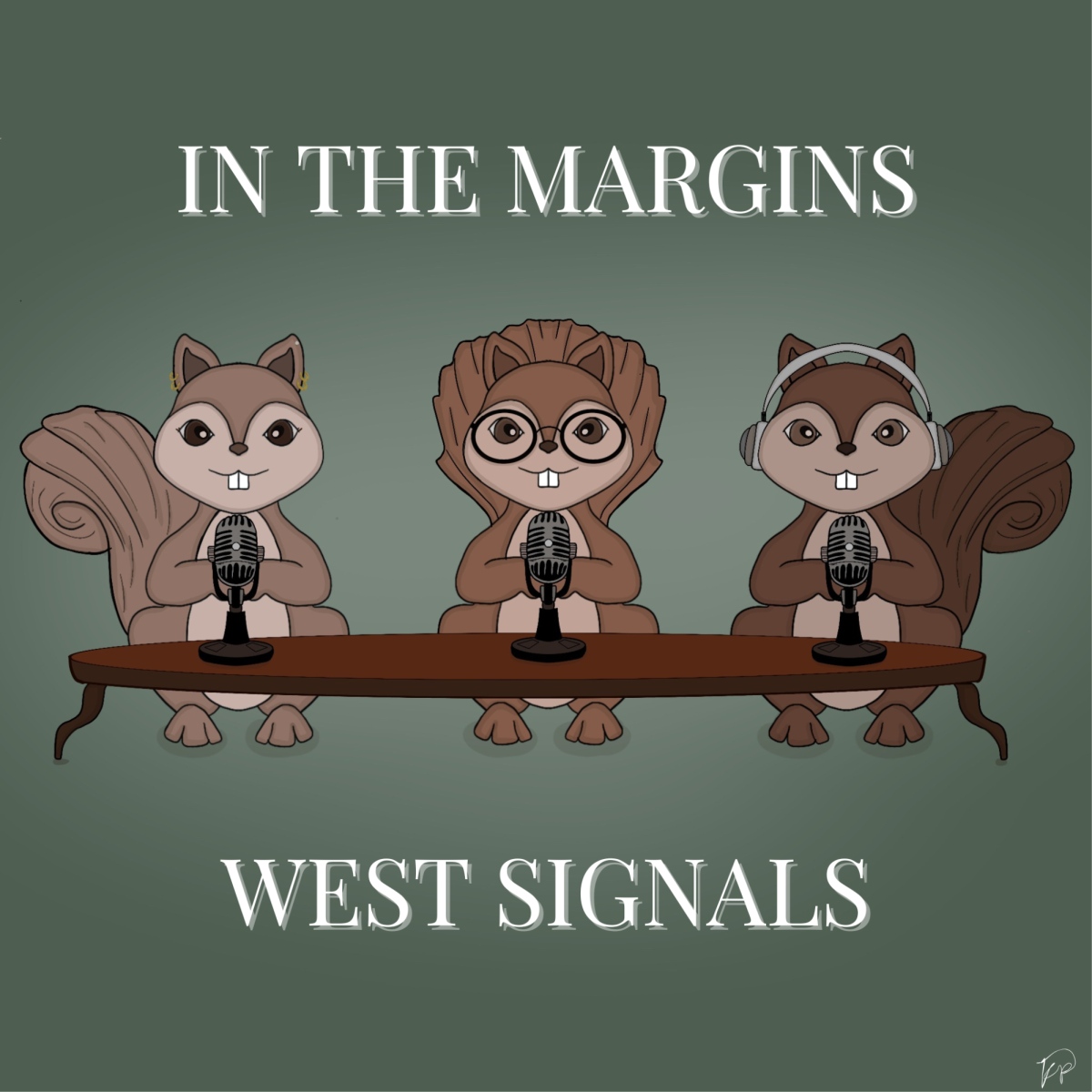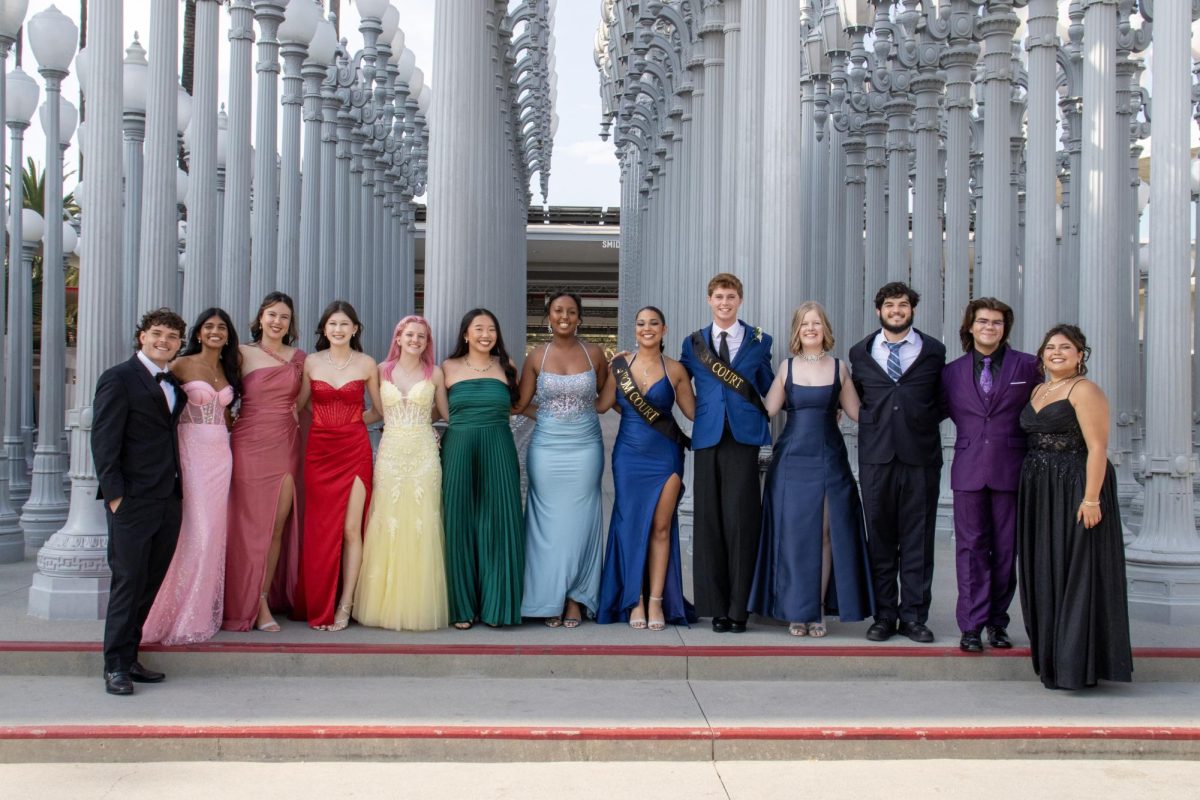Bloody Sunday’s 50th Anniversary
March 16, 2015
When protesters marched during the African-American Civil Rights Movement fifty years ago, they crossed more than just the Edmund Pettus Bridge.
They transcended racial boundaries and enabled higher voting registration for African-Americans and other minorities, demonstrated the government’s ability to listen to its citizens, marked a movement from archaic social constructs to the modern age. The march from Selma to Montgomery on March 8th, led by Martin Luther King Jr. and John Lewis, enabled the passage of the Voting Rights Act of 1965. To commemorate this movement and call for the legislation’s renewal, President Barack Obama delivered a speech. He was accompanied by other notable politicians like George W. Bush, original march leader and current Congressman John Lewis. Also in attendance were the parents of Michael Brown.
The most talked about event for the commemoration of the march was President Obama’s speech. “Our march is not yet finished,” he said. Though many Americans express patriotism with absolute optimism about the actions of the U.S. government and its people, Obama suggested a different position.
“What greater form of patriotism is there; than the belief that America is not yet finished, that we are strong enough to be self-critical, that each successive generation can look upon our imperfections and decide that it is in our power to remake this nation to more closely align with our highest ideals?” said Obama.
The speech celebrated the human endeavor for advancement across all fields—primarily the Civil Rights Movement, but also landing on the moon, Elizabeth Cady Stanton’s speech at Seneca Falls for women’s suffrage, Lewis and Clark’s expedition westward with Sacajawea, amongst others.
Though the examples are diverse, they primarily serve to demonstrate that racial progress is still possible, that racial progress is still necessary. If Stanton could rally for women’s suffrage, if Lewis and Clark could push on westward, the nation can continue bettering life for minorities. If advancements in women’s rights and exploration can be executed, they can also be achieved in civil rights.
“[Civil rights] have definitely progressed, but there’s always improvement. Now it’s about how we actually treat people on the smaller scale, rather than trying to get them to sit in the same bus,” said Anusha Ranganath (12).
Racism today includes assumptions about people due to racial stereotypes and offensive jokes. However, the racial divide is still evident in numbers. One in three black males will go to prison in their lifetime despite making up only ¼ of the population. Students of color undergo harsher punishments than their non-minority classmates, according to the U.S. Department of Education. Current evidence points to a stark correlation between race and socioeconomic inequality.
Though the speech and event may have raised awareness to the necessity of diminishing inequality, it may not have been as effective tying in concrete examples from the modern age.
“The Selma march may bring awareness to the smaller inequalities that people use/face, but I think it’s really in how we speak, what media we interact with, and how we’re raised. It solidified that equality is right, but didn’t really show people how we’re still racist,” said Ranganath.
The event in Selma was well-attended, but only time will demonstrate its level of effectiveness.



